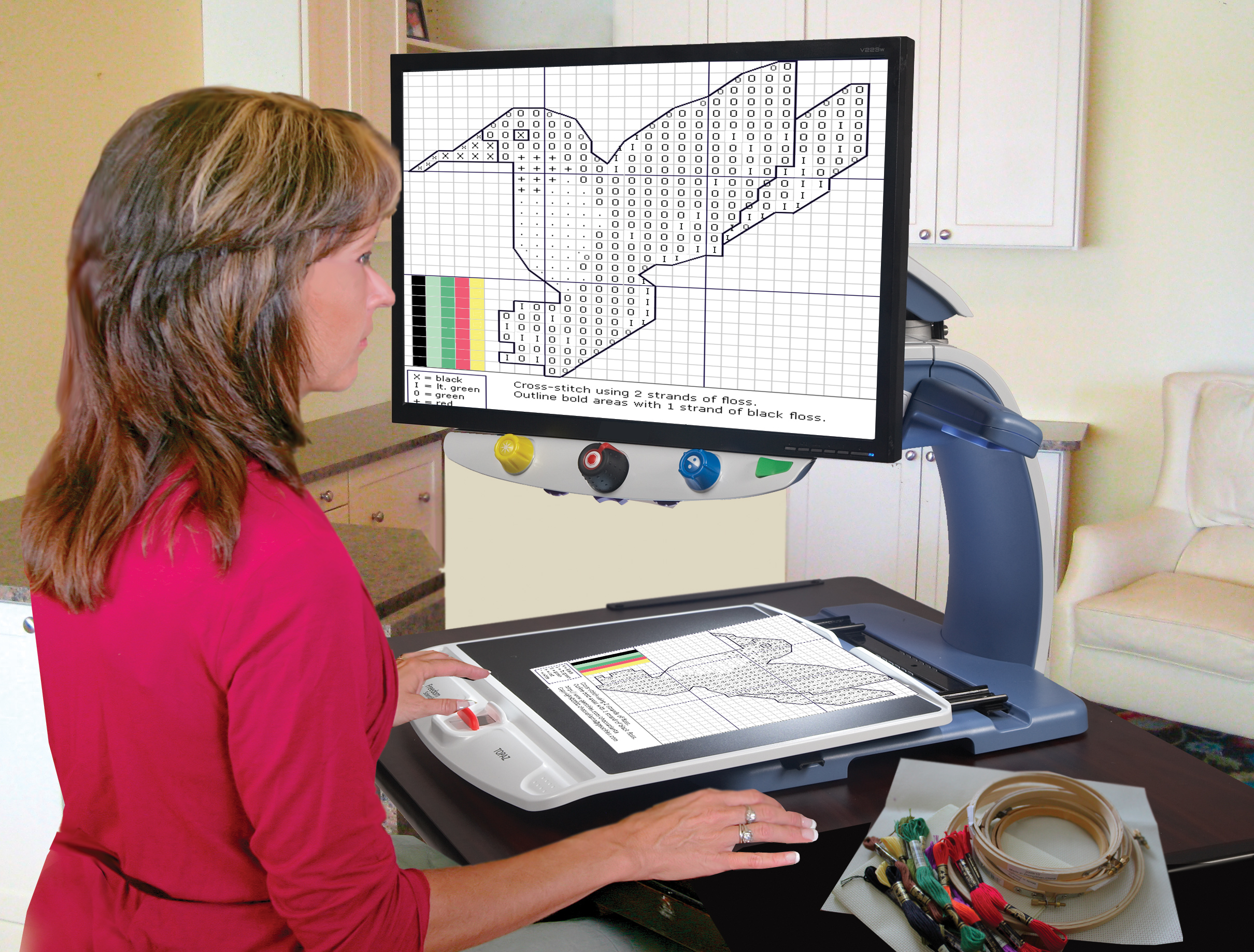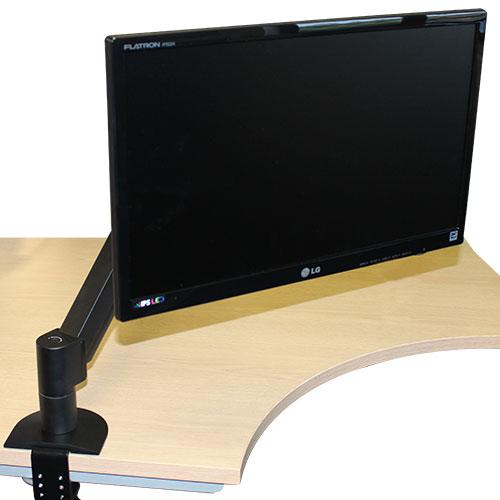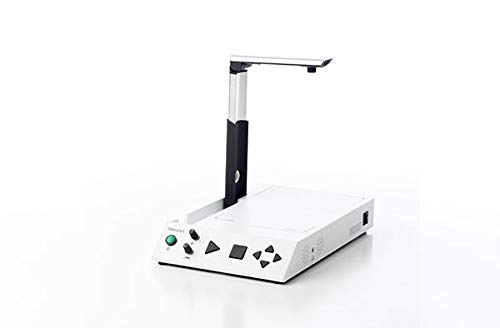Best Computer Monitors For Visually Impaired

Imagine struggling to read emails, enjoy your favorite shows, or even manage everyday tasks on your computer. For individuals with visual impairments, this isn't a hypothetical – it's a daily reality. Choosing the right computer monitor can dramatically improve their experience and independence. This guide is tailored for first-time buyers navigating the world of monitors designed for visual accessibility.
Why the Right Monitor Matters
A good monitor can be the key to unlocking a more productive and enjoyable computer experience for those with visual impairments. Improved visibility, reduced eye strain, and customized settings can make all the difference. By prioritizing features like size, resolution, and adjustable brightness, you can help enhance usability and comfort.
Top 5 Monitors for Visually Impaired Users: A Comparison
Here's a quick look at some of the top contenders in the market:
| Model | Price (USD) | Screen Size | Resolution | Key Features | Warranty |
|---|---|---|---|---|---|
| BenQ GW2780T | $200 | 27 inches | 1920x1080 | Brightness Intelligence, Low Blue Light, Height Adjustable | 3 years |
| ViewSonic VP2468 | $250 | 24 inches | 1920x1080 | Color Accuracy, Ergonomic Stand, Multiple Inputs | 3 years |
| Dell UltraSharp U2722DE | $550 | 27 inches | 2560x1440 | USB-C Hub, ComfortView Plus, Wide Color Gamut | 3 years |
| LG 32QN650-WF | $300 | 32 inches | 2560 x 1440 | HDR10 Compatibility, AMD FreeSync, Ergonomic Stand | 1 year |
| ASUS ProArt PA278QV | $320 | 27 inches | 2560x1440 | 100% sRGB, Calman Verified, Ergonomic Stand | 3 years |
Detailed Reviews
BenQ GW2780T
This monitor offers excellent value with its focus on eye care. BenQ's Brightness Intelligence technology automatically adjusts screen brightness based on ambient lighting. This reduces eye strain and ensures comfortable viewing in any environment. The height-adjustable stand is a plus.
ViewSonic VP2468
The ViewSonic VP2468 excels in color accuracy. It is great for tasks that require precise color representation. The ergonomic stand allows for a wide range of adjustments.
Dell UltraSharp U2722DE
This monitor is a premium option with a higher resolution and advanced features. The built-in USB-C hub simplifies connectivity. Dell's ComfortView Plus technology reduces harmful blue light emissions without sacrificing color accuracy.
LG 32QN650-WF
This model offers a large screen size and sharp QHD resolution. HDR10 compatibility enhances contrast and color for a more immersive viewing experience. The ergonomic stand provides tilt, swivel, and height adjustments for personalized comfort.
ASUS ProArt PA278QV
The ASUS ProArt PA278QV is designed for content creators and professionals. It is factory calibrated for exceptional color accuracy (100% sRGB coverage). The comprehensive ergonomic stand allows for optimal viewing angles.
Used vs. New: Weighing the Options
Buying a used monitor can save you money, but it comes with risks. Pros of buying used include lower cost and potential for higher-end features at a reduced price. Cons include uncertain history, potential for hidden defects, and limited or no warranty.
A new monitor offers peace of mind with a warranty and the latest technology. However, this comes at a higher initial cost. Carefully consider your budget and risk tolerance before deciding.
Reliability Ratings by Brand
Brand reputation can provide insights into potential reliability. Dell and BenQ are often praised for their build quality and customer support. ASUS and LG are also known for their innovation and performance. ViewSonic offers competitive pricing and solid performance.
Checklist: 5 Must-Check Features Before Buying
- Screen Size and Resolution: Consider the viewing distance and the level of detail needed. Larger screens with higher resolutions (e.g., 2560x1440) provide more clarity.
- Brightness and Contrast: Adjustable brightness is crucial for adapting to different lighting conditions. A high contrast ratio ensures better visibility of details.
- Ergonomics: A height-adjustable stand is essential for proper posture and reducing neck strain. Tilt and swivel adjustments are also beneficial.
- Connectivity: Ensure the monitor has the necessary ports (HDMI, DisplayPort) to connect to your computer and other devices. USB-C connectivity can simplify cable management.
- Eye Care Features: Look for features like low blue light filters and flicker-free technology to reduce eye strain and fatigue.
Summary
Choosing the right computer monitor for a visually impaired user requires careful consideration. Screen size, resolution, adjustability, and eye care features are paramount. Brand reputation and warranty are also important factors to consider. Weigh the pros and cons of buying used versus new before making a decision.
Remember to prioritize features that address specific visual needs. By carefully evaluating these factors, you can find a monitor that significantly improves the user's computer experience and overall quality of life.
Take Action!
Ready to find the perfect monitor? Use the information and checklist in this guide to narrow down your options. Visit retailers or online stores to compare models and read customer reviews. Empower yourself or your loved one with the visual clarity and comfort they deserve!


















